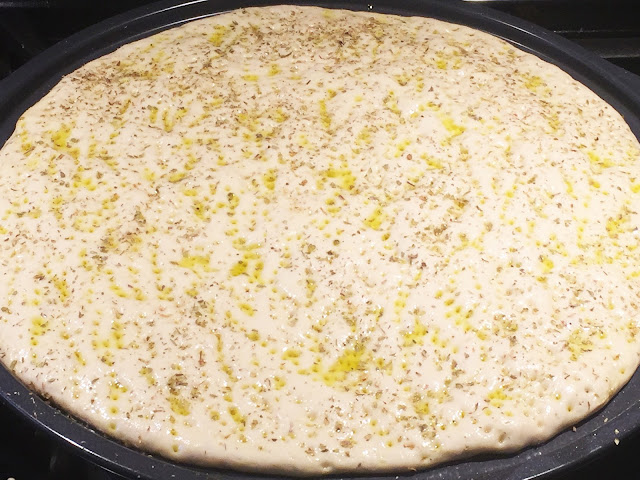I’ve never been to Spain , so to what extent this is actually Spanish octopus
, so to what extent this is actually Spanish octopus , I can’t really say, but after having enjoyed this underrated seafood
, I can’t really say, but after having enjoyed this underrated seafood in more Spanish restaurants than I can remember, it has to be pretty close.
in more Spanish restaurants than I can remember, it has to be pretty close.
Above and beyond the ingredients, the cooking method, or should I say methods, couldn’t be easier. As long as you braise it gently on low heat, until just tender, and then give it a nice sear before serving, you should be in great shape. Which is why I’ve never understood all the crazy tips and tricks, for achieving the perfect texture.
method, or should I say methods, couldn’t be easier. As long as you braise it gently on low heat, until just tender, and then give it a nice sear before serving, you should be in great shape. Which is why I’ve never understood all the crazy tips and tricks, for achieving the perfect texture.
Some say to beat it on rocks before braising, while others insist a few wine corks are the way to go. If you have one of these magical techniques, I’d love to hear about it, especially if it sounds extra nutty, but I have to admit, I am a skeptic.
You should be able to find frozen Spanish octopus at your finer markets, which is the only kind I’ve ever used, so I can’t say how much better it is fresh, but one day I would love to find out, preferably in Spain. Fresh or frozen, I really do hope you give this a try soon. Enjoy!
at your finer markets, which is the only kind I’ve ever used, so I can’t say how much better it is fresh, but one day I would love to find out, preferably in Spain. Fresh or frozen, I really do hope you give this a try soon. Enjoy!
Ingredients for two portions:
1 pound piece Spanish octopus
2 tablespoons olive oil
3 cloves garlic
1 large or 2 small bay leaves
1 1/2 teaspoon Spanish paprika
1 1/2 teaspoon kosher salt
1/2 cup white wine
- Serve with crusty roasted potatoes
For the sauce:
About 1/3 cup reserve braising liquid (boiled, strained)
1 tablespoon fresh lemon juice
1 tablespoon extra virgin olive oil
1 tablespoon freshly chopped Italian parsley
salt to taste
to taste
cayenne to taste
to taste































